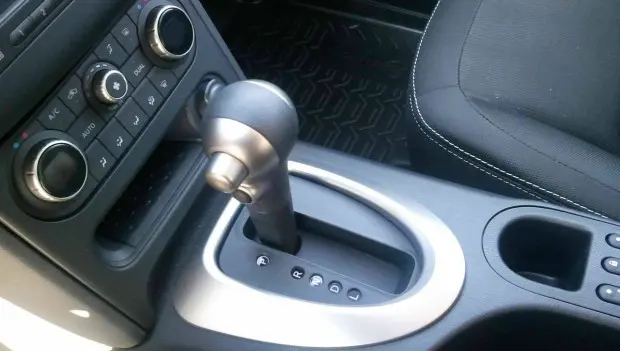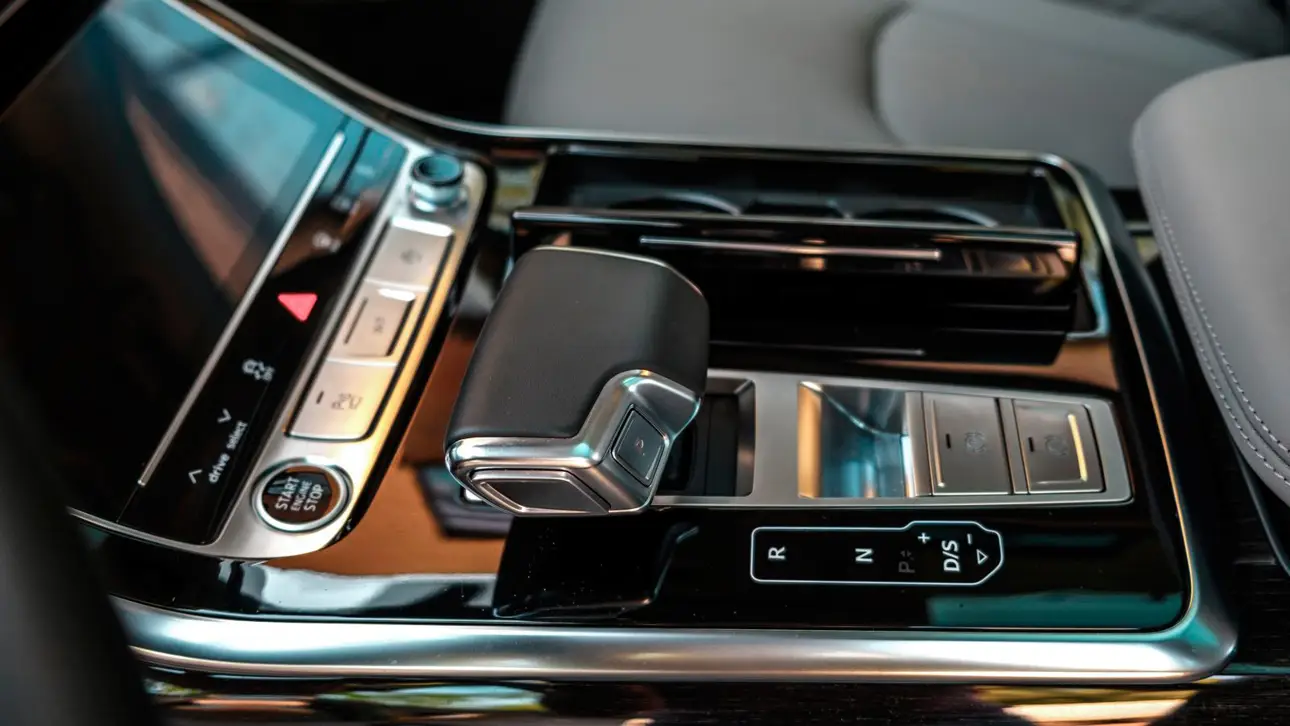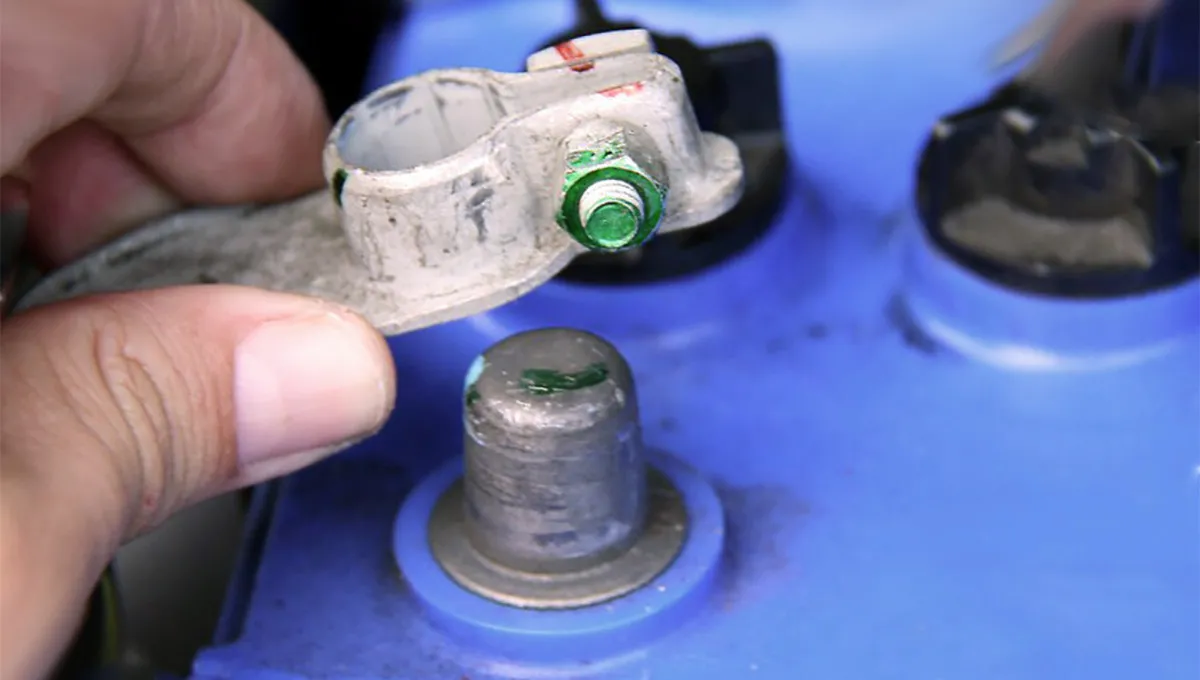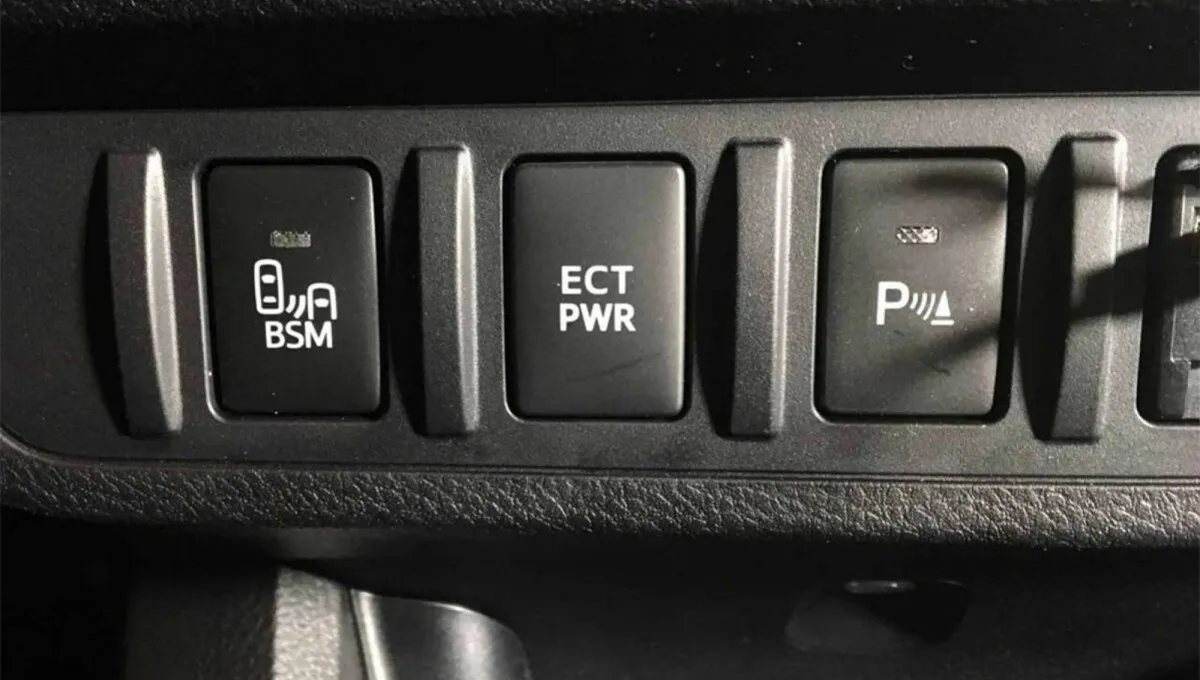Automatic Transmissions Aren’t a Death Sentence: A CVT Can Last Practically Forever If You Follow These Basic Rules
How to extend your CVT’s lifespan to 180,000 miles.

The continuously variable transmission (CVT) has long had a reputation for being delicate and demanding special care. But with proper maintenance, it can easily last 120,000–180,000 miles without a major overhaul. It all depends on how well the owner follows a few simple rules.
The first and most important rule is regular fluid and filter changes. Claims of “lifetime transmission fluid” are pure myth. By around 25,000 miles, the fluid loses its properties and becomes contaminated with wear particles. Both filters — internal and external — should be replaced at the same time. Only then will the new fluid stay clean and properly lubricate the pulleys and belt, protecting them from overheating and scoring.
The second issue is overheating. CVTs don’t tolerate long periods of wheel slip or driving under heavy load. They tend to overheat when the vehicle is stuck in mud or deep snow, or when towing a trailer. Keeping the radiator and air vents clean is essential — dirt and debris can clog the cooling fins and reduce efficiency. Some Nissan owners even install an external transmission cooler, which genuinely helps reduce the risk of overheating.

The third recommendation is a gentle driving style. Hard launches and aggressive acceleration at full power put excessive strain on the belt and pulleys. The optimal approach is smooth take-offs and steady cruising. In winter, it’s especially important to let the CVT warm up — cold fluid is too thick and doesn’t provide proper lubrication. Another common mistake is holding the car on an incline using the gas pedal. This creates unnecessary heat. The correct method is to use the brake or parking brake instead.
The takeaway is clear: timely fluid changes, temperature control, and calm driving can extend a CVT’s life by tens of thousands of miles. Drivers who stick to these simple habits often reach 125,000–155,000 miles without serious repairs. Treating your CVT with care means saving money on maintenance and enjoying long-term reliability.
You may also be interested in the news:

The Start-Stop System Everyone Loves to Hate — Real Fuel Saver or Engine-Wear Myth?
Was this system created to annoy drivers, or does it actually serve a purpose?

Why You Shouldn’t Use Wet Wipes to Clean Your Car’s Interior
How disinfecting wipes can damage leather, screens, and fabric — and what to use instead.

Which Zodiac Signs Are the Boldest — and the Most Unpredictable — Behind the Wheel
Sometimes a driver’s style is written in the stars far more clearly than on the badge of a car.

Many American Mechanics Still Get This Wrong: Which Battery Terminal You Should Disconnect First
Disconnecting the terminals in the wrong order can trigger a short circuit or damage the vehicle’s electronics.

Not All Americans Know the Purpose of the ECT PWR Button on Their Toyota: The Hidden Secret
Many modern cars with automatic transmissions, like the Toyota Camry or Lexus RX, come equipped with this unusual button.